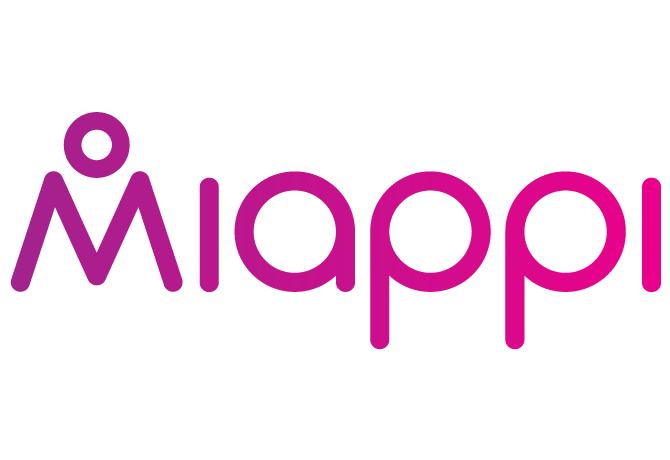Fast Moving Marketing: User Generated Content in the FMCG Industry

Why UGC (in CPG) matters!
UGC has always been big business, but that’s possibly even truer when it comes to FMCG/ CPG companies because by their very nature, the products are easily available and the vast majority of people have access to them. The products are also typically more lifestyle-focussed, which means that it’s easier for people to use them to take a photograph without it looking forced and unnatural.
FMCG Digital Trends
People like user generated content because it’s more believable, and brands like it because they don’t have to pay professional designers, copywriters or film-makers to make it. In fact, a lot of companies are going so far as to create entire campaigns that revolve around UGC, and there’s a reason for that. UGC just works.
The metrics don’t lie. There’s a 300% increase in dwell-time for brands when social media content is embedded on their website and UGC can lead to a 90% higher conversion rate when used on ecommerce sites. Reviews, in particular, are super useful, with 76% of shoppers saying that they’re more likely to make a purchase if they’ve read a positive review.
What you need to know about FMCG marketing and UGC?
Not all UGC campaigns run smoothly. You only need to look at McDonald’s #McFail to see that. But that’s an extreme case, and most brands find that the biggest challenge is actually getting buy-in from people. You’ll need to find ways to encourage people to go out of their way to create UGC, whether that’s by giving away points and prizes or whether that’s by acknowledging their contributions and giving them a little recognition.
The good news is that while user generated content comes with its challenges, it also comes with its fair share of rewards. That’s especially true when it comes to FMCG companies, as you’ll see from some of the examples we’re about to share with you. In fact, UGC is now so widespread and so mainstream that the biggest risk of all is not embracing it.
UGC is one of the biggest FMCG digital trends for a reason. On top of that, even if you don’t take advantage of the UGC phenomenon, you can bet that your competitors will. Whether we’re talking about people sharing photos of your products in action or whether you’re encouraging them to post reviews and ratings on third-party websites, UGC has a lot to offer.
Let’s take a look at some of the FMCG brands that are making waves with their inspired use of user-generated content.
4 Best FMCG Marketing Campaigns using UGC
Example #1: Cheetos
Cheetos proved that user-generated content is a vital part of digital marketing for FMCG brands through their Cheetos Museum campaign, which celebrated how no two Cheetos look alike by asking people to take photos of their Cheetos and to submit them to a digital gallery. The digital gallery was accompanied by a contest offering up $150,000 in prize money which received over 100,000 entries. All told, the campaign reached 23 million people through a combination of online and offline coverage on social networking sites, television and more.Example #2: L’Oreal
L’Oreal took user-generated content and used it to boost sales on their ecommerce site by building UGC right into the site. The brand blends content from its customers with the photos they shoot with celebrities and professional models. And of course, each of those photos links through to specific product pages and encourages people to click through and to make a purchase. At the same time, L’Oreal’s UK CMO has gone on record to state that they’re taking steps to stop their ads from being shown in front of the “wrong” content.Example #3: Hellmann’s Mayonnaise
Hellman’s is owned by Unilever, and Unilever is known for its UGC campaigns. After all, the company owns over 400 brands, and most of them are household names. The access is there, so the problem for Hellmann’s became how to encourage people to take something out of their fridge and to start talking about it. After all, when was the last time you talked to one of your friends about different mayonnaise brands? Unilever managed to make it work, though, by encouraging people to share their tips and recipes for mayonnaise. And by doing that, they also increased the odds of people reaching for their product both at the dinner table and at the supermarket.Example #4: Malts.com

And in the meantime, if you need help making the most of user-generated content, we’ll be happy to help. Get in touch with us now to request a demo and to find out more about Miappi’s user-generated content discovery, curation and display tools. We’ll speak to you soon.




